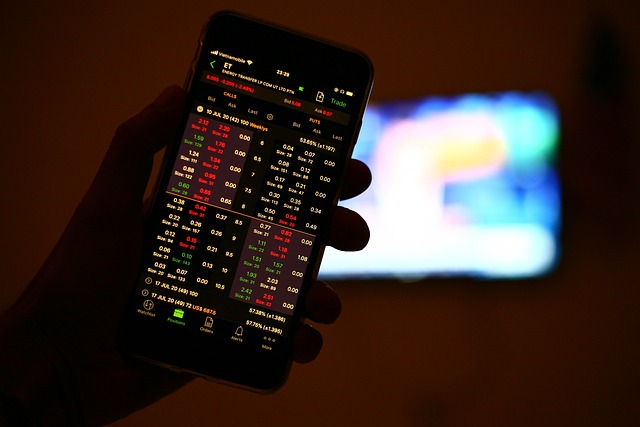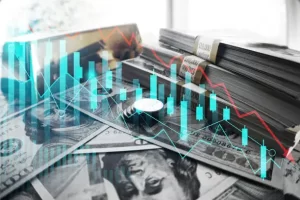Forex History

Forex trading is by no means a new concept, but in order to better understand currency trading today, it is good to know how it was formed and came to be. Understanding how different currencies are connected and what positions they have had and have is a very important tool to be able to make the right decisions in today’s market. The Forex market is very dynamic and there are many who want to succeed and quickly. In this high-pulse market, even a private person can benefit from being well-educated and knowing how it all started.
World War and Consequences
That war affects trade and the economy is nothing new, and of course the two major world wars have left their mark on the forex trade. Before the First World War, the currency market was ruled by gold. All currencies were related to the value of gold, which provided a certain stability. What happened was that strong economies bought up as much gold as possible and stored it in the national bank. When a country bought a lot of gold, it meant that the circulation of money slowed down. With a lot of gold in the bank and no money on the street, the citizens suffered even though the country as such was rich.
When the circulation of money was throttled, the interest rate rose and it had a very negative effect on the economy of many countries. When this happened, other countries took advantage of the weak country’s situation and bought goods from it at low prices. As foreign currencies flowed into the country, the economy started again. The system was poor, to say the least, and all free trade between countries was brutally interrupted by the First World War. It would take until after World War II before a more stable system came into use.
After World War II, the so-called Bretton Woods Agreement was adopted. This agreement involved the signatories pegging their currency to the price of gold with the dollar as the governing force. This meant that the United States consolidated its position as a leader in world trade and it provided a system that fulfilled an important function in stabilizing currency trade. The Bretton Woods system was abandoned in 1971 because it could not handle the sudden increase in trade between countries well. In the seventies, forex trading was governed by demand and supply, and that is the basis for today’s forex trading.
The introduction of the euro by the European Union
The US dollar maintained its dominance in the forex trade for a long time despite the fact that it was not an official global currency. This changed radically with the creation of the European Union and the introduction of the euro. The cooperation between all these countries gave the euro a leading position and we have been able to see the dollar’s position weaken more and more in recent years. It has become a bit of a battle between these two world currencies, which has made forex trading extra interesting.
A country that has always had its own and strong position is England with the British pound. England has been able to boast economic stability and London can well be called an international financial seat. The banks in London are open both when the American and Asian trade is underway and since the 80s they also issue loans in dollars. What has perhaps most influenced today’s form of forex trading is probably the introduction of the hotcfarmersmarket.com/what-is-roi/ internet. Today, currency transactions are made in seconds and very large sums of money can be in circulation in a world that is becoming increasingly integrated.








